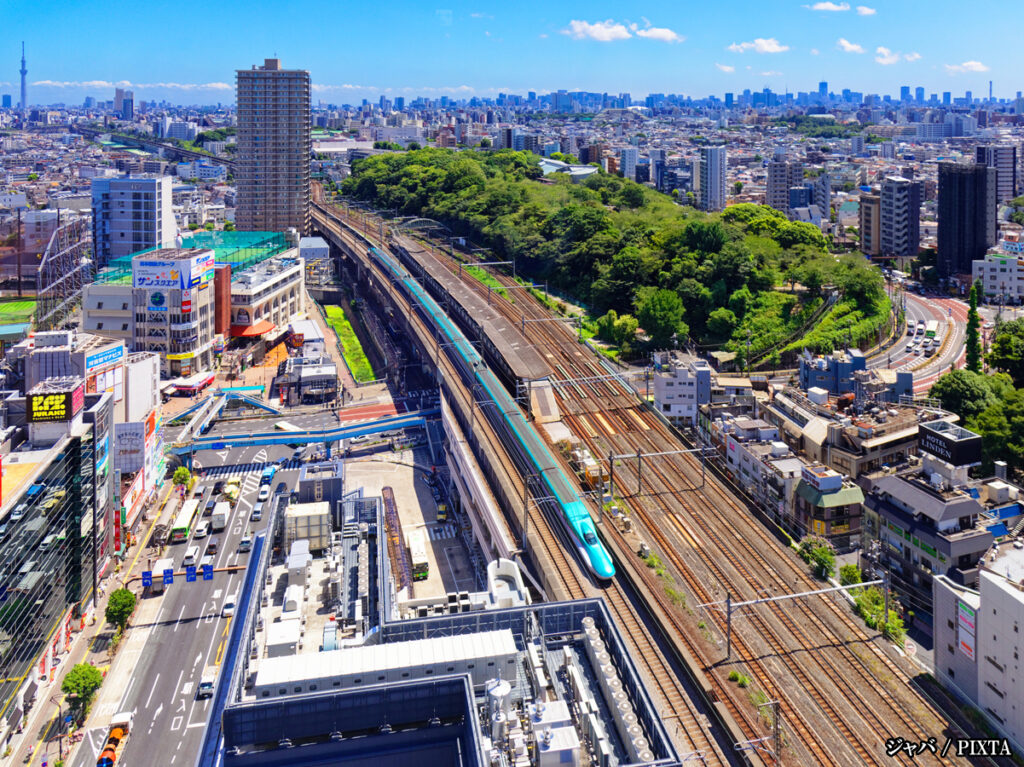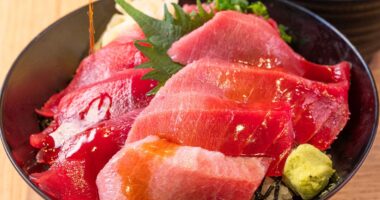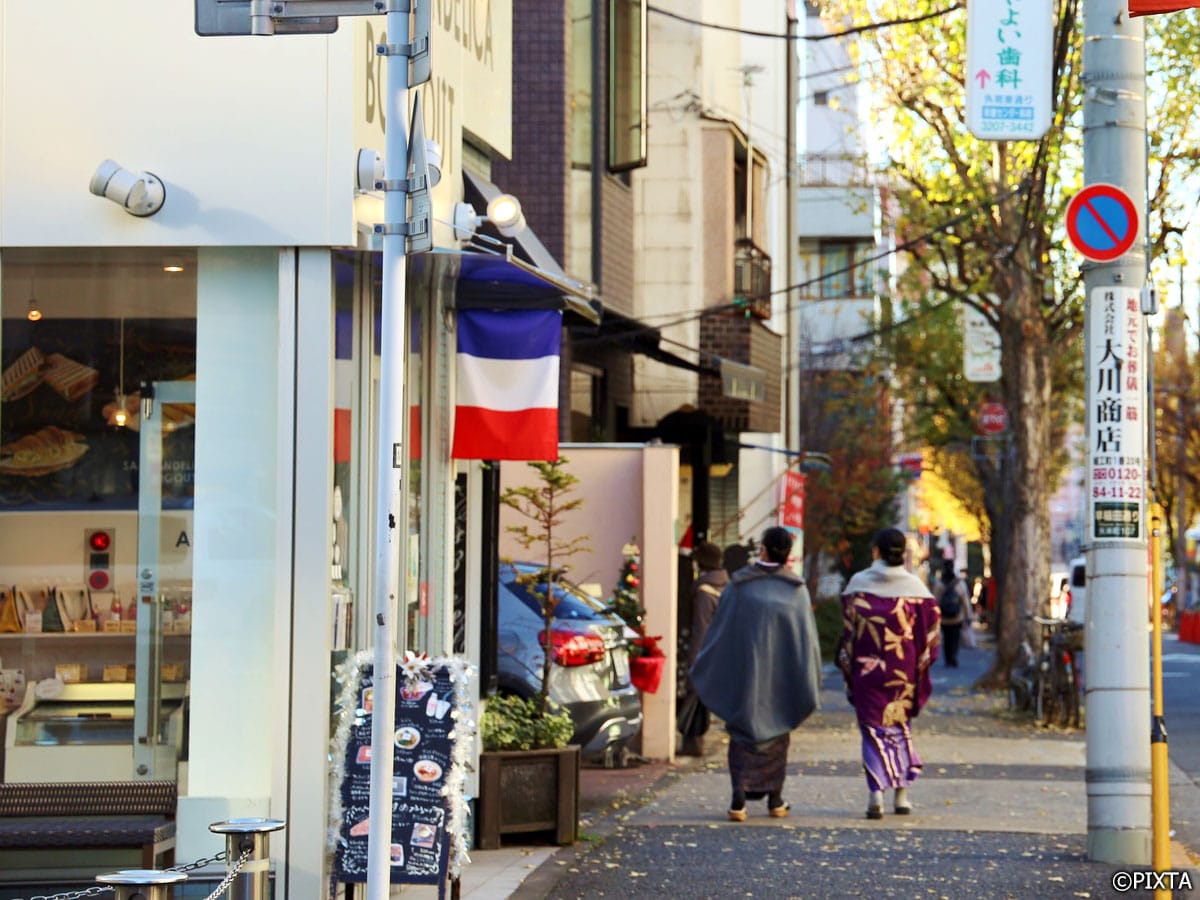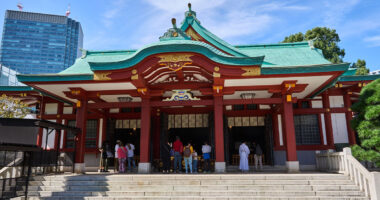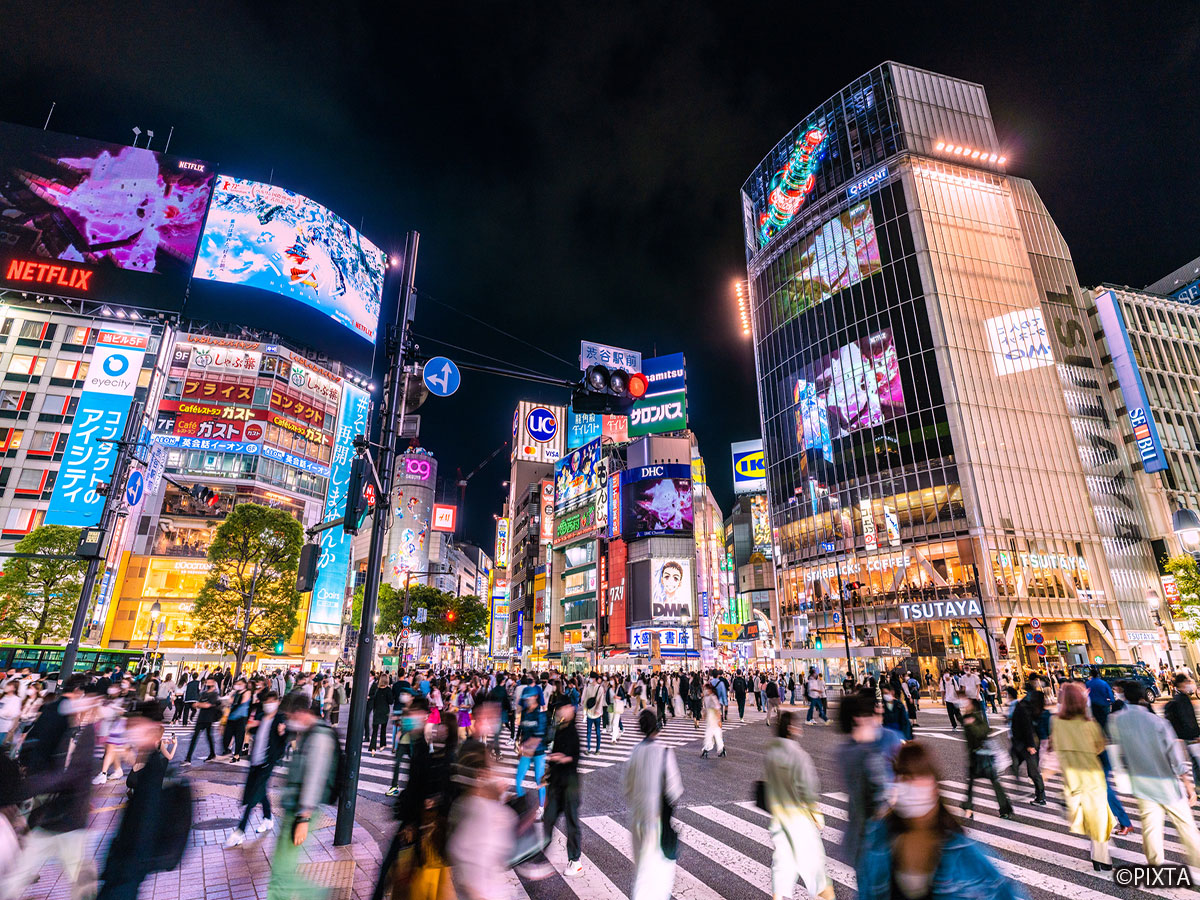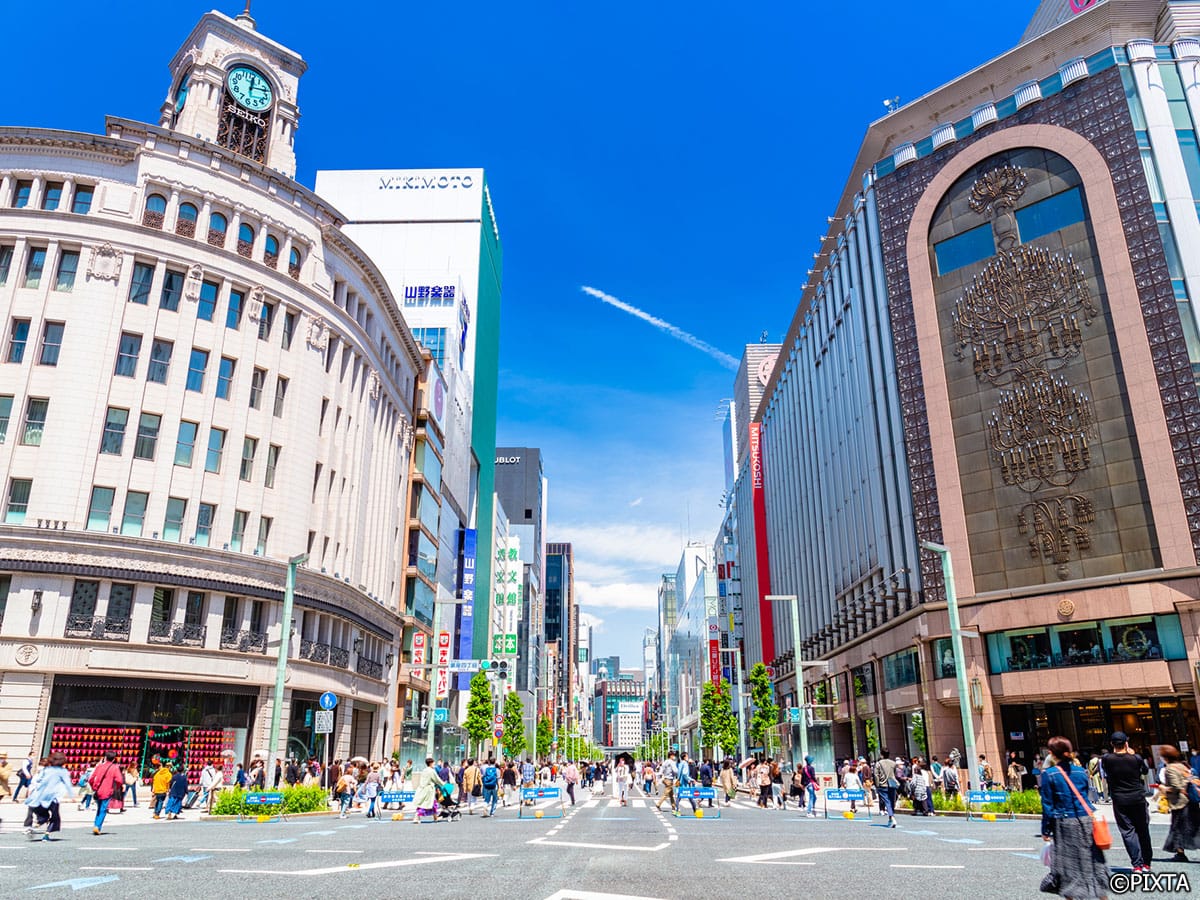Tokyo’s vast and interconnected railway network offers an exciting way to explore the city, but it can also be overwhelming for first-time visitors. With multiple railway companies operating in and around the capital, choosing the right rail pass is essential for maximizing your travel experience while keeping your budget in check. This guide will help you determine which Tokyo rail pass best fits your itinerary, whether you are staying within the city limits or planning day trips to nearby destinations.
Major rail passes you can use in the Tokyo area
JR Tokyo Wide Pass
The JR Tokyo Wide Pass (formerly known as the Kanto Area Pass) offers exceptional value for travelers planning to explore areas beyond central Tokyo. Priced at 15,000 JPY for adults (ages 12 and up) and 7,500 JPY for children (ages 6 to 11) (tax included), this three-day pass provides unlimited travel on JR East lines, the Tokyo Monorail, and select non-JR lines throughout the greater Tokyo region.
Especially useful for day trips, the Tokyo Wide Pass grants access to popular destinations such as Nikko, Karuizawa, Mt. Fuji, and Izu Peninsula. It is available to international travelers or residents with a valid non-Japanese passport and can be purchased online as well as at major JR East stations and airports.
Want to learn how to use one of the most flexible options?
Check out our guide: “How to Use the Tokyo Wide Pass: A Step-by-Step Guide for Tourists“
Japan Rail Pass (JR Pass)
The nationwide JR Pass is ideal for visitors planning to travel extensively across Japan. While the cost may seem high at first glance—starting from 50,000 JPY for a 7-day pass for adults, 25,000 JPY for children— the pass often pays for itself with just a single round-trip journey by bullet train between major cities.
Within Tokyo, the JR Pass covers such lines as the Yamanote Line, a convenient loop that connects major districts such as Shinjuku, Shibuya, and Tokyo Station, as well as the Chūō-Sōbu Line which cuts through central Tokyo, connecting Shinjuku to the electronics district of Akihabara and Ryōgoku, famous for sumo. However, for those focusing mainly on Tokyo and its nearby areas, there are more economical options better suited to shorter travel distances.
Tokyo Subway Ticket
For exploring central Tokyo exclusively, the Tokyo Subway Ticket can be a great alternative. Available in 24-hour (800 JPY), 48-hour (1,200 JPY), and 72-hour (1,500 JPY) versions, with children paying half price, this pass provides unlimited access to all Tokyo Metro and Toei Subway lines—networks that reach most major tourist destinations within the city.
However, the Tokyo Subway Ticket does not cover JR lines or private railways, making it less suitable for trips to outlying areas. It is best suited for visitors planning shorter stays focused on exploring Tokyo’s central neighborhoods.
Matching passes to your travel style
City exploration
If your itinerary is focused primarily on central Tokyo districts like Shibuya, Shinjuku, Asakusa, and Ueno, the Tokyo Subway Ticket offers the best value. With unlimited access to nine subway lines that crisscross the city, it is easy to reach top attractions such as Senso-ji Temple, Meiji Shrine, and the Tokyo National Museum.
For travelers planning to mix city exploration with day trips to nearby spots like Tokyo Disneyland or Yokohama, consider pairing the Tokyo Subway Ticket with single tickets for those longer journeys. If you are planning multiple regional excursions, the JR Tokyo Wide Pass may offer better value and convenience.
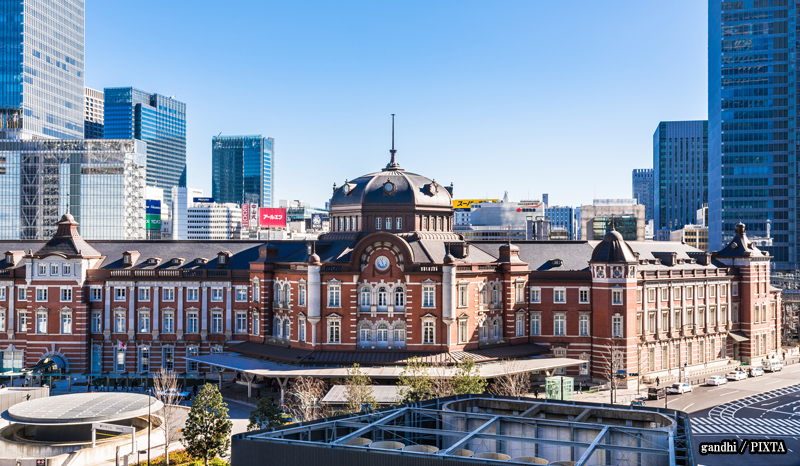
Photo for illustrative purposes
Day trips and regional travel
The Tokyo Wide Pass truly shines for travelers interested in experiencing the diverse attractions surrounding the capital. It allows for multiple day trips to popular destinations, including Hakone (known for hot springs and Mt. Fuji views), Nikko (famous for historic shrines and natural beauty), and Kawagoe (renowned for its preserved Edo-period architecture).
For travelers with broader itineraries that include long-distance destinations like Kyoto, Osaka, or Hiroshima, the nationwide JR Pass becomes the more cost-effective option, even with its higher upfront price.
Sample itineraries and cost comparison
One-day Tokyo itinerary
A typical day exploring Tokyo might include:
- Morning at Tsukiji Outer Market and Hamarikyu Gardens
- Afternoon shopping in Ginza or sightseeing in Asakusa
- Evening activities in Shinjuku or Shibuya
For this itinerary, a 24-hour Tokyo Subway Ticket (800 JPY) would be more economical than purchasing individual subway tickets, which typically range from 180 to 300 JPY per ride.
Multi-day with regional visits
For a five-day itinerary that includes both city exploration and day trips, consider the following plan:
- 2 days exploring central Tokyo
- 1 day in Kamakura (ancient capital with temples and the Great Buddha)
- 1 day in Kawaguchiko (Lake Kawaguchiko for stunning Mt. Fuji views)
- 1 day in Nikko (UNESCO World Heritage shrines and natural scenery)
Individually purchasing tickets for these destinations—especially if you take faster and more convenient express or limited express trains—can easily push transportation costs over 15,000 JPY. In this case, the JR Tokyo Wide Pass offers excellent value.
Final recommendations
For first-time visitors focusing primarily on Tokyo’s major attractions, the Tokyo Subway Ticket offers the best combination of convenience and value. Alternatively, those looking to explore a broader range of destinations in the greater Tokyo region may find the Tokyo Wide Pass to be a worthwhile investment that can greatly reduce overall transportation costs.
Ultimately, the best rail pass depends on your individual itinerary. Before purchasing, consider mapping out your planned destinations to ensure you choose the most cost-effective option for your trip.
Note: Prices are current as of the publication date. Please check official websites for the most up-to-date information before purchasing.
